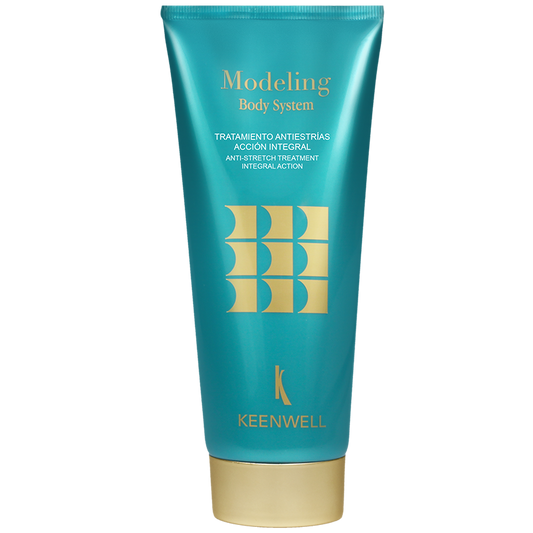Collection: Strech Marks
Stretch Marks are a natural result of the skin stretching, normally during pregnancy or from sudden weight fluctuations, and other reasons.
Strech Marks are deep scars in the connective tissue caused by rapid stretching of the skin. Some call them the "badge of motherhood".
How they are formed
The top layer, or epidermis, contains thin layers of flattened dead skin cells that work together to form a semi-permeable membrane. This epidermal barrier helps
keep water and many chemicals outside of the body, but lets other chemicals pass through where they are absorbed into the bloodstream.
The next layer, or dermis, is made up of tiny capillaries, nerves, hair follicles, and glands that secrete protective oils onto the skin. It also contains the
collagen networks that give skin its strength and elasticity. The deepest layer, or subcutaneous tissue, is where you’ll find the larger blood vessels, fat cells,
and supportive connective tissues. This layer is helpful in temperature regulation.
Stretch Marks, or striae gravidarum, are a unique type of scar because they only involve the dermis - there is no break in the epidermis itself.
They happen during times of rapid growth such as puberty, pregnancy, excessive weight gain, or even with weightlifting. They also appear to be related to an increase
in your body’s steroid hormones. Stretch Marks can occur anywhere but are more likely to happen in areas where fat is stored such as the abdomen, breasts, hips, and
buttocks.
When the skin stretches rapidly in these areas, tension builds on the collagen matrix inside the dermis and it eventually starts to tear. As the damaged tissues
heal, new collagen grows but it lacks the smooth, regular appearance of normal collagen. Instead, there is a disorganized, chaotic structure with significant
inflammation.
Stretch Marks initially appear as wavy or bumpy areas of reddish/purplish discoloration. Over time, they may change to a white or silvery appearance but they never go away completely. About a third of women develop Stretch Marks during puberty. Around 70% of women get them during pregnancy. Even men can get them from rapid weight gain or body building.
-
Anti-Stretch Treatment Integral Action 200 ml
Regular price €67,50Regular priceUnit price / per

